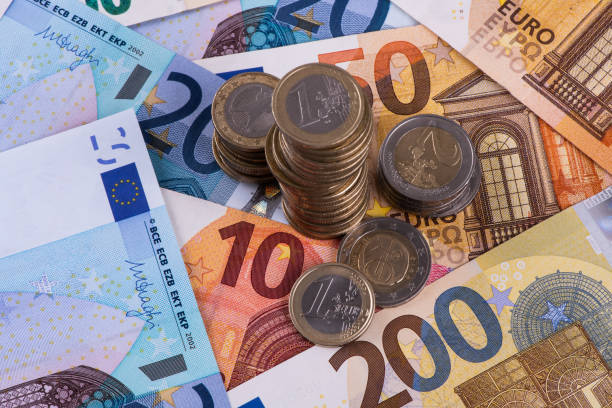EUR/JPY continues higher after Eurozone inflation data keeps in line
- Markets in 2026: Will gold, Bitcoin, and the U.S. dollar make history again? — These are how leading institutions think
- After Upheaval in the World’s Largest Oil Reserve Holder, Who Will Emerge as the Biggest Winner in Venezuela’s Oil Market?
- US Q4 Earnings Season Set to Begin: Can US December CPI Data Bolster Rate Cut Case? [Weekly Preview]
- Trump’s Tariff Ruling Lands Today: Market to Rise or Fall — The Decision Will Tell
- Gold Price Forecast: XAU/USD declines to near $4,450 as safe-haven demand eases
- Silver Price Analysis: XAG/USD explodes above $80 as rally extends

EUR/JPY continues rising after the release of final Eurozone inflation data shows no change from estimates.
Comments from the Japanese Cabinet Secretary suggest the authorities may be close to an FX market intervention.
Further commentary from ECB speakers could cause fluctuations for EUR/JPY.
The EUR/JPY is trading in the mid 164.00s on Wednesday, up by over a tenth of a percent. The pair’s fluctuations seem to have been mainly driven by a combination of Eurozone inflation data and comments from a Japanese government official designed to support the Japanese Yen (JPY).
EUR/JPY rose following the release of the final figure for March Eurozone Harmonized Index of Consumer Prices (HICP) by Eurostat. The final estimate showed no change from the initial release, which showed a 2.4% YoY rise in HICP and 2.9% in core HICP. This also meant both readings were still below the 2.6% and 3.1% readings respectively of the previous month.
Whilst the data showed no change, the Euro (EUR) rose in most pairs following the release, perhaps because market expectations had fallen. Recent dovish comments from European Central Bank (ECB) officials, have suggested an increasing willingness to cut interest rates because of falling inflation and stuttering growth, and this could have been responsible for the lower outlook.
On Tuesday, for example, ECB President Christine Lagarde said that the ECB will cut rates soon, bar a surprise, and that the ECB was keeping a close eye on Oil prices due to tensions in the Middle East.
EUR/JPY upside has likely been tempered by comments from Japan’s Chief Cabinet Secretary Yishimasa Hayashi, who issued a verbal intervention on Wednesday to prop up the Yen. Hayashi said that “we are closely watching FX moves” and are “prepared for full measures.”
This may indicate the Japanese authorities are seriously considering a direct intervention in FX markets in which they would sell their FX reserves to buy JPY in the hope of strengthening it. The knock-on effect of such an intervention, though felt most keenly in USD/JPY, would probably result in a weakening in the EUR/JPY pair.
His intervention may have come on the back of recent comments from Federal Reserve Chairman Jerome Powell, in which he said “Recent data shows a lack of further progress on inflation this year,” adding, “If higher inflation persists the Fed can maintain current rate as long as needed.”
His comments led to an appreciation of the US Dollar because the maintenance of higher interest rates tends to be positive for a currency. This is due to the fact that it increases foreign capital inflows. Powell’s remarks resulted in USD/JPY rising to above 154.00. This is above the ideal 150.00 threshold beyond which the Japanese do not like to see their currency devalue.
A string of speeches by key ECB members during Wednesday, including ECB Executive Board Member Piero Cipollone, ECB Executive Board Member Isabel Schnabel and President Christine Lagarde herself could also impact the EUR/JPY’s volatility.
The release of Japanese trade data overnight had little effect on the exchange rate. The data showed only a slight moderation in Exports, which continued to grow by above 7.0% year-on-year in March, a fall in Imports by 4.9% (after a 0.5% rise in the preceding month), and a surplus trade balance of ¥366.5 billion from a ¥377.8 billion deficit in February.
Read more
* The content presented above, whether from a third party or not, is considered as general advice only. This article should not be construed as containing investment advice, investment recommendations, an offer of or solicitation for any transactions in financial instruments.




